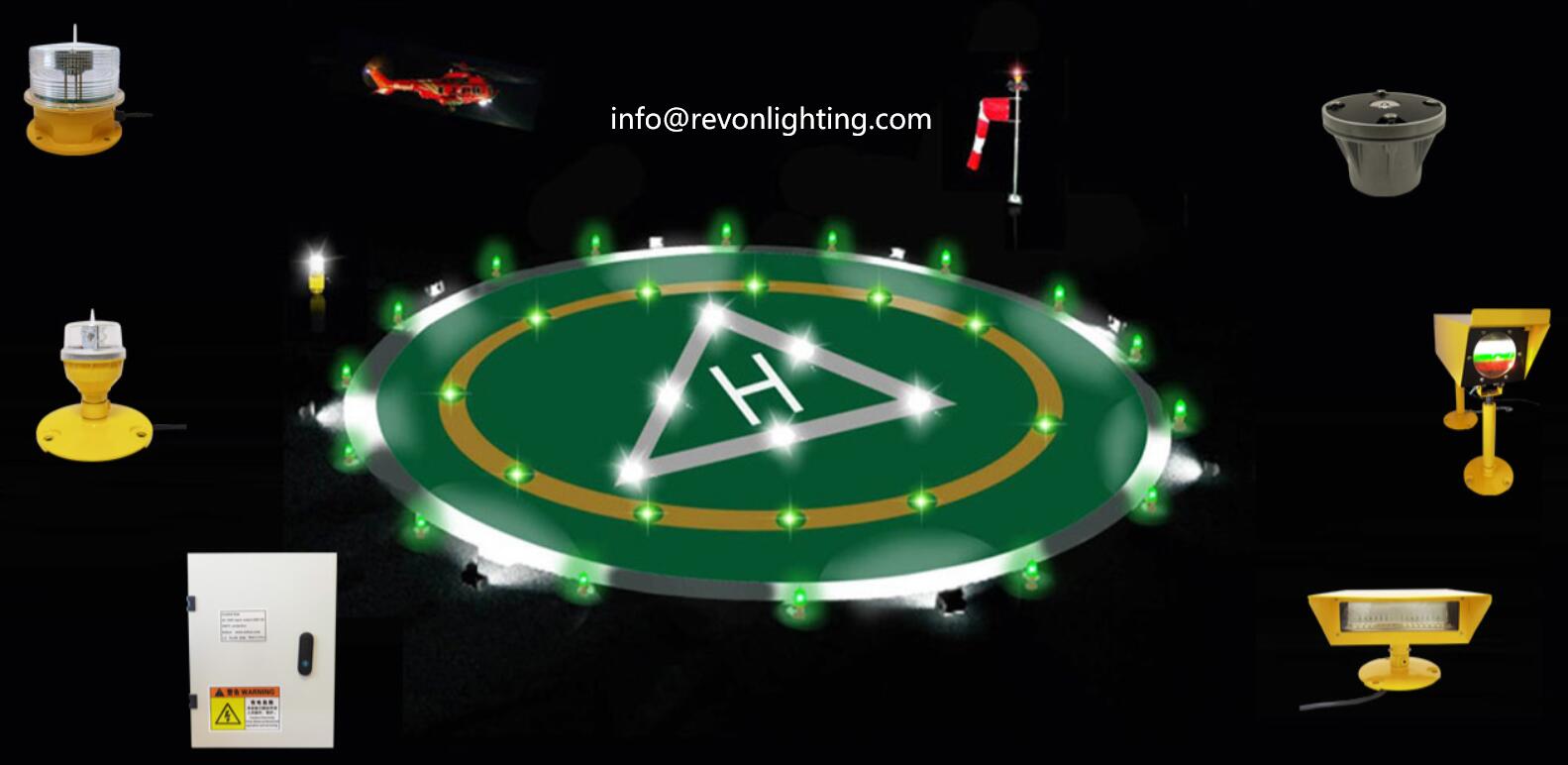TLOF Lights: Ensuring Safe Helicopter Operations
In the world of aviation, safety is paramount, and helicopter operations are no exception. One crucial component that plays a significant role in ensuring safe helicopter landings is the TLOF lights. TLOF stands for Touchdown and Lift-off Area Lights, and these lights are specifically designed to enhance visibility and provide critical visual references for pilots during landing and takeoff procedures.
The primary function of TLOF lights is to mark the designated touchdown and lift-off area on a helipad. These lights are strategically placed along the perimeter of the TLOF to outline its boundaries and provide a clear visual reference for pilots. By illuminating the landing and takeoff zone, TLOF lights help pilots accurately judge the size and location of the area, allowing for precise maneuvering and reducing the risk of accidents.

TLOF lights are typically installed flush with the helipad surface, ensuring a smooth and unobstructed landing and takeoff area. The lights are often equipped with high-intensity LED bulbs, which provide bright and focused illumination, even in low-light conditions. LED technology offers several advantages, including energy efficiency, long lifespan, and minimal heat generation. These characteristics not only reduce maintenance requirements but also contribute to the overall effectiveness and reliability of TLOF lights.
One crucial feature of TLOF lights is their ability to indicate the status of the helipad. Different lighting sequences or colors may be used to communicate whether the helipad is open, closed, or temporarily unavailable. This information is essential for pilots, as it allows them to make informed decisions regarding landing or diverting to an alternative location. By providing clear visual cues, TLOF lights enhance situational awareness and help pilots ensure safe operations.
| TLOF Lights | TLOF Light |
In addition to enhancing safety during normal operations, TLOF lights also play a crucial role during emergency situations. In the event of an emergency landing, the bright and distinct illumination provided by these lights helps emergency responders locate the helipad quickly. This facilitates efficient rescue operations and minimizes response times, potentially saving lives.
Furthermore, TLOF lights are designed to withstand the harsh environmental conditions typically encountered in helipad operations. They are constructed using durable and weather-resistant materials, such as corrosion-resistant metals or impact-resistant polycarbonate. This ensures their longevity and reliable performance, even in challenging climates or high-traffic areas.
In conclusion, TLOF lights are essential components of helipad infrastructure that contribute to the overall safety and effectiveness of helicopter operations. By providing clear visual references, indicating helipad status, and enhancing situational awareness, these lights help pilots navigate safely during landing and takeoff procedures. With their durable construction, energy-efficient LED technology, and ability to withstand harsh environments, TLOF lights ensure reliable performance and contribute to the seamless and safe operation of helipads worldwide.